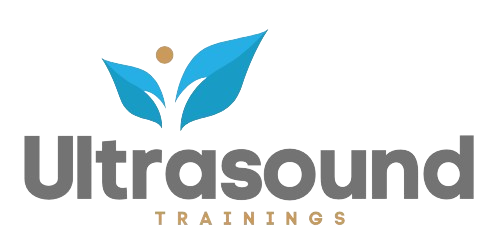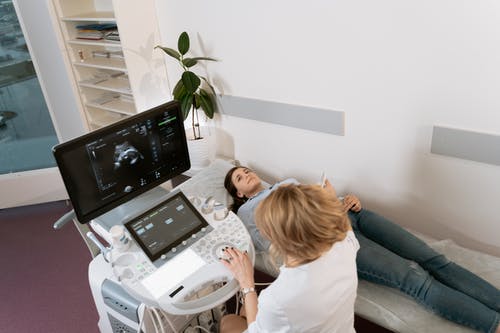Ultrasound Training
Ultrasound imaging has become an invaluable tool in modern medicine, enabling invasive. and real-time imaging of internal structures. However, limited training in ultrasound for healthcare providers is a major challenge to realizing the full potential of this technology. In this article, we explore innovative solutions to fill the gap and ensure that healthcare providers receive adequate ultrasound training.

Importance of ultrasound training
Ultrasound training is essential for healthcare providers to acquire the skills and knowledge necessary to perform and interpret ultrasound examinations precisely. Proficiency in ultrasound imaging improves diagnostic accuracy, facilitates timely intervention, and improves patient outcomes. Therefore, investing in ultrasound training is critical to quality patient care.
Barriers to Ultrasound Training
Many barriers contribute to the challenge of limited ultrasound training for healthcare providers. These include lack of resources, time constraints and limited access to training programs. In addition, the complexity of ultrasound technology and the need for hands-on experience present significant challenges to healthcare providers seeking to incorporate ultrasound into their practice.
Innovative Training Solutions
Innovative approaches are being used to overcome barriers to ultrasound training. . provide accessible and effective training opportunities for healthcare providers. Online learning platforms, simulation-based training, and point-of-care ultrasound (POCUS) workshops offer promising solutions to address these challenges and improve ultrasound training.
Online Learning Platforms
Online learning platforms provide flexible and easy-to-flex. -use ultrasound training options that allow healthcare providers to learn at their own pace and at their own pace. These platforms provide interactive modules, educational videos, and virtual simulations that facilitate ultrasound imaging learning and skill development.
Simulation-based training
Simulation-based training provides healthcare providers with hands-on experience in a controlled environment, allowing them to practice ultrasound techniques and image interpretation without the pressure of clinical practice. Simulation training builds confidence and professionalism by preparing healthcare providers for real-world scenarios.
Point-of-Care Ultrasound (POCUS) Workshops
POCUS workshops provide targeted training for specific clinical applications, allowing healthcare providers to gain hands-on. experience practice-related ultrasound examination experience. These workshops provide hands-on experience and expert guidance to help participants acquire essential ultrasound imaging skills.
Collaborative Training Initiatives
Collaboration between healthcare institutions, academic centers and professional organizations is essential to expand ultrasound training opportunities and resources. . By sharing knowledge, facilities, and educational resources, collaborative initiatives can address the challenge of limited ultrasound training and ensure that healthcare providers receive high-quality ultrasound training.
Supporting healthcare providers
Supporting healthcare providers to complete ultrasound training is critical. Mentoring programs, continuing education opportunities, and institutional support can enable healthcare providers to acquire and maintain ultrasound skills that ultimately improve patient outcomes.
Conclusion
Finally, addressing the challenge of limited ultrasound training for healthcare providers requires innovative solutions. . and collaboration. By investing in accessible and effective training opportunities, supporting healthcare providers in their educational efforts, and advocating for the integration of ultrasound education into clinical practice, we can close the gap and ensure that healthcare providers have the necessary skills and knowledge to take full advantage.


